[Editor’s Note: Combat veteran and amateur military historian Charles Herrick’s crucial earlier posts in this series corrected 70 years’ worth of miscaptioning of one of Robert Capa’s ten D-Day photographs from Omaha Beach, and pinpointed the exact location and approximate time at which he landed on the Easy Red sector with a later wave.
In this new article, Herrick considers a sampling of what he calls “parasitic legends” that have attached themselves to and elaborated on the primary Capa D-Day myths as seeded and expanded upon by Capa, John Morris, and others.
Somewhere along the line during the course of this investigation I coined the term “borrowed glamour” — intended as a milder corollary of the more familiar “stolen valor” — to describe the less objectionable but still problematic tendency to exaggerate or invent entirely one’s relationship to celebrated individuals, historical moments, etc. Herrick has adopted that as the title for this series of posts.
Part 1 appears below; Parts 2 and 3 will follow shortly. — A.D.C.]
•
Borrowed Glamour
by Charles Herrick
As the World War II generation of soldiers started passing into the senior-citizen category, a remarkable effort to capture their stories began. Whether recorded in formal oral histories or captured in personal memoirs, the wartime experiences of this generation have been documented more fully than those of any generation before them. The result is a rich trove of detail for historians to explore.
As bountiful a resource as these recollections may be, they also pose serious problems for researchers. The overwhelming majority of these narratives were recorded long after the events in question — 50, 60, and even 75 or more years removed from the roar of the guns. While we would like to believe that such events remain vividly seared in our minds, the fact is that memories fade and details become less certain. As a result, personal histories that have been recorded several decades after the war are not always factually reliable.
When memories fade, it is human nature to reinterpret events in more favorable lights, or place oneself in slightly more important or significant circumstances. For example, it is an almost universal tendency for men who landed on D-Day to recall landing much earlier in the assault waves than they actually did. Another tendency is to let those memories become influenced by culturally powerful factors. Many personal histories took on trappings derived from the opening scenes of Saving Private Ryan, even when their authors actually had no role in the assault waves.
And with the scope and complexity of the actual landings lost on subsequent generations, some veterans of that day sought to make their role more meaningful by linking themselves to something everyone would recognize. This last tendency, which Allan Coleman has aptly termed “borrowed glamour,” sees the individual linking himself to some iconic feature of the operation. As some of the most iconic images of that day, Capa’s photos have become a popular target of “borrowed glamour” — as has Capa himself, of course.
While these tendencies to reinterpret memories are more often than not the result of minor human frailties, they nevertheless pose problems for the historian. In the case of this project, they can seriously confuse efforts to examine the myths surrounding Capa’s D-Day.
Of course, the fundamental problem with that mythology is that it was founded on Capa’s highly fictionalized memoir, Slightly Out of Focus (1947). And persuasive, popular legends tend to attract parasitic legends that take on some of the fictional aspects of the host legend. So, as we consider personal histories that include encounters with Capa, we often find those documents have incorporated errors of fact that could only have been derived either directly from Capa’s original book or else from episodes therein paraphrased by others.
The purpose of this article is to briefly examine some of these stories and illuminate how their inaccuracies have helped confuse the facts concerning Capa’s D-Day adventures.
•
Huston Riley and “The Face In The Surf”
This photo of a GI struggling in the water, frequently referred to as “The Face In The Surf,” is one of Capa’s most iconic D-Day photos, featured in countless books, articles, videos, and films on the subject. It graces the cover of both Stephen Ambrose’s D-Day, June 6, 1944: The Climactic Battle of World War II (published in 1994, and considered by many the definitive account of the invasion) and later editions of Capa’s own Slightly Out of Focus. It’s no wonder that the identity of that man has become a topic of great interest.
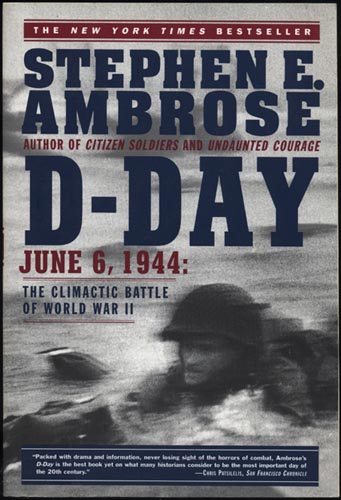 Over the years a number of claimants have been put forward, and the current most likely candidate is Huston “Hu” Riley, who landed with Company E, 2nd Battalion, 16th Infantry Regiment in the first wave of infantry. Not only did he claim Capa’s picture featured him, but he went on to claim that the photographer was one of two men who rescued him in the surf. It is a claim uncritically accepted by a disturbingly large number of people who should know better.
Over the years a number of claimants have been put forward, and the current most likely candidate is Huston “Hu” Riley, who landed with Company E, 2nd Battalion, 16th Infantry Regiment in the first wave of infantry. Not only did he claim Capa’s picture featured him, but he went on to claim that the photographer was one of two men who rescued him in the surf. It is a claim uncritically accepted by a disturbingly large number of people who should know better.
The case for Riley is predicated on a fictionalized passage in Capa’s book, in which he claimed he landed in the first wave with Riley’s Company E. But this is clearly not the case. Riley crossed the English Channel on the USS Henrico; his landing craft was misdirected and landed on the Fox Green beach sector at about 0630 hours. Capa’s ship, the USS Samuel Chase, didn’t see its first landing craft reach the beach until 0740 hours, and didn’t carry anyone from Company E (or even from other companies in the 2d Battalion, for that matter). Furthermore, we know that Capa landed on the Easy Red sector of Omaha Beach, hundreds of yards to the west of Riley, almost two hours after Riley.
To support his identification of Capa as his savior, Riley noted that one of the men who pulled him from the water had a camera around his neck and a war correspondent’s patch on his shoulder. Yet Capa never wore this identifying emblem in combat, and photos of him bear out the fact that he did not wear it on D-Day. The claim for Riley being “The Face in the Surf” just doesn’t hold up to examination. Nor do attempts by friends and family to identify Riley from that blurry image. Thousands of men hit Omaha Beach that day, hundreds of whom had similar features.
Capa’s image is so blurry that interpreting it is more akin to a Rorschach test than a reliable identification. The temptation to believe that Riley was both photographed and rescued by the famous cameraman is much more exciting than the probable truth. If Riley actually got pulled from the surf by a cameraman, it was most likely one from the 165th Signal Corps photo company who landed near Riley’s site, fifty minutes after Riley. But the truth is that we’ll never know who or what Riley saw. All we know is that it couldn’t have been Capa.
Despite these fairly obvious points, the Riley account has served to support the myth that Capa crossed the Channel on the USS Henrico and landed in the first wave with troops from that ship.
•
Charles Hangsterfer and The Apple
Charles Hangsterfer was the Headquarters Company commander and adjutant of the 1st Battalion, 16th Infantry Regiment, and claimed to have encountered Capa on the beach. While the larger narrative of his D-Day experience may have been substantially accurate, his encounter with Capa is clearly mistaken.
In an interview recorded 60 years after D-Day, Hangsterfer claimed that he landed at H+30 (0700 hours)[1], but the first landing craft from his battalion didn’t actually land until H+70 (0740 hours).[2] In fact, he must have landed even later than that. Once ashore he described crossing the beach and an antitank ditch — which could only have been the one protecting WN64 at the E-1 Exit — and climbing the hill behind the anti-tank ditch.[3] There he and a comrade stopped to enjoy an apple and a shot of scotch before rejoining the war. The problem with this account is that bitter fighting continued in the effort to neutralize WN64 until at least 0900 hours, so Hangsterfer could not have climbed the bluffs and enjoyed his interlude there until sometime after 0900 hours.
After his apple break, Hangsterfer said he made his way back down to the beach and traveled a few hundred yards east on the beach where he supposedly saw Capa, still sheltering behind a knocked-out duplex drive (DD) tank. Capa supposedly took a picture of the scene that would have included Hangsterfer, but of course the film was ruined in the darkroom accident (which we now know to be a fiction), so there is no evidence of the encounter.
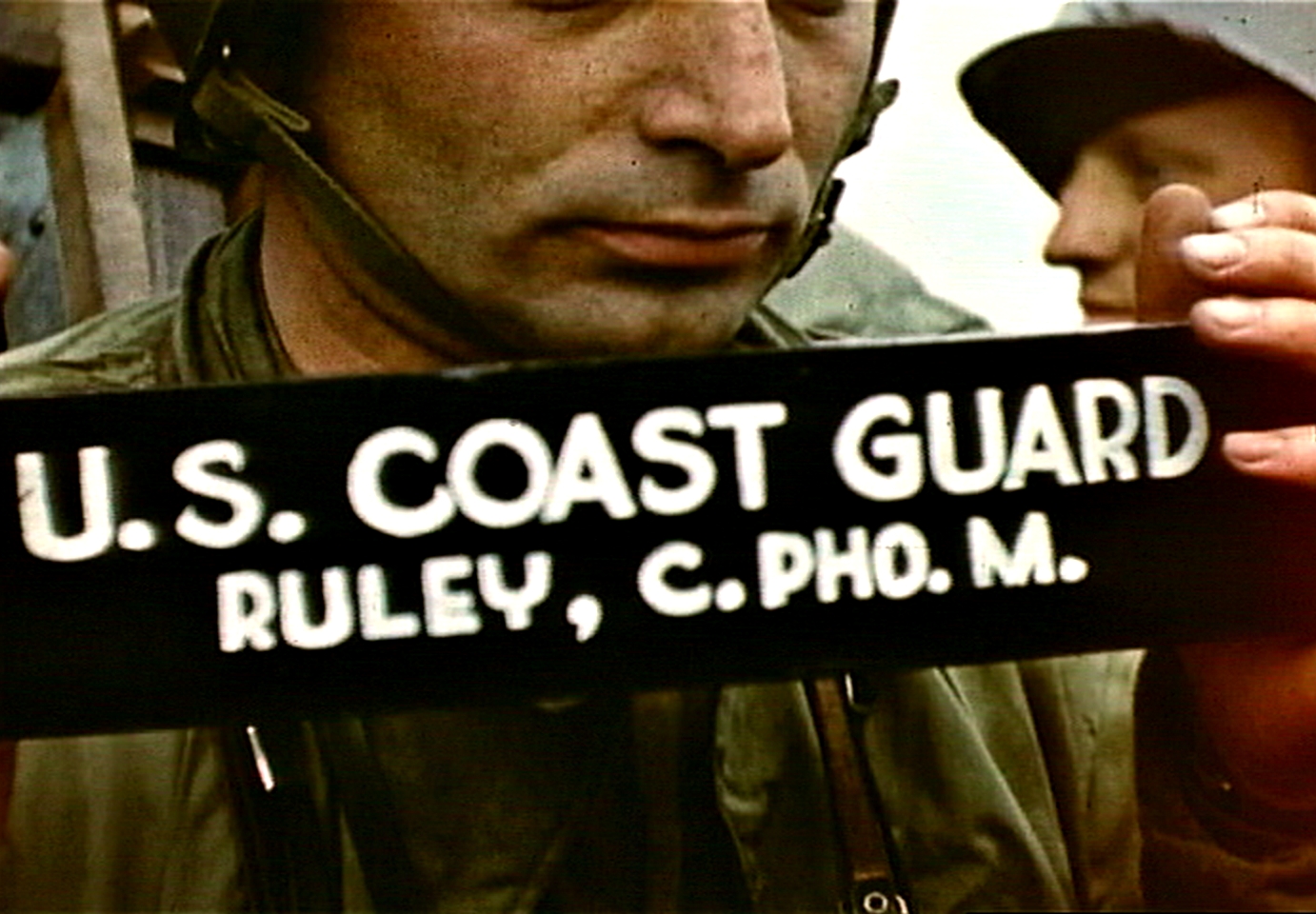
Fig. 10: Robert Capa holding cinematographer’s slate aboard LCI(L)-94, D-Day, frame from film by David T. Ruley
The truth, of course, is that Capa was aboard LCI(L)-94 by 0850 hours, as U.S. Coast Guard cinematographer David T. Ruley’s films prove. Hangsterfer simply could not have made it to the top of the bluffs by that time, much less have taken his break and then have made his way back to the beach before Capa had departed.
Even if we were to take Hangsterfer’s account at face value, we have to wonder at his assertion that Capa was sheltering behind a knocked-out DD tank. Photos of that area later in the day show that all the tanks in Capa’s pictures had moved positions, so none of the DD tanks was knocked out at that time.
Capa’s original version of his D-Day adventures, recorded on D+3 and contained in Charles Christian Wertenbaker’s little-known book Invasion! (published in September 1944), said the tanks he sheltered behind were firing at the enemy, and he made no mention of any of them being knocked out.[4] It seems likely that Hangsterfer borrowed this fictional detail directly from Capa’s later account in Slightly Out of Focus, which was where the “half-burnt” tank detail first appeared.
Between Hangsterfer inaccurately placing his landing time at least an hour too early — an extremely common tendency in later oral histories — and his assertion that he saw Capa still behind a tank on the beach, his story has helped distort and confuse the Capa timeline. …
•
Notes:
[1] Charles Hangsterfer Oral History Interview, Musselman Library Special Collections, Gettysburg College, October 28, 2004, p. 42.
[2] History, 16th Combat Team Invasion of France, S-3 Combat Report, Covering Citation of the 16th Infantry for the Period 6 June 1944, p. 13.
[3] Hangsterfer, p. 44.
[4] Charles Wertenbaker, Invasion!, p. 42. “I let go of [my new Burberry raincoat] and it floated away and I hid behind some tanks that were firing on the beach.”
•
Text copyright © 2019 by Charles Herrick. All rights reserved.
•
(For an index of links to all posts in this series, click here.)
•
This post sponsored by a donation from photographer Bill Krumholz.
•
 Charles Herrick joined the U.S. Army in 1970 and graduated from the U.S. Military Academy at West Point in 1974. Commissioned in the Infantry, he earned the Ranger tab and Master Parachutist’s wings. He served in a variety of positions from company grade officer to the Pentagon. He earned the Combat Infantryman’s badge while assigned as the Operations Officer of the 193rd Infantry Brigade in Panama in 1989, and later graduated from the U.S. Army War College.
Charles Herrick joined the U.S. Army in 1970 and graduated from the U.S. Military Academy at West Point in 1974. Commissioned in the Infantry, he earned the Ranger tab and Master Parachutist’s wings. He served in a variety of positions from company grade officer to the Pentagon. He earned the Combat Infantryman’s badge while assigned as the Operations Officer of the 193rd Infantry Brigade in Panama in 1989, and later graduated from the U.S. Army War College.
Since retiring from the Army in 1996, Herrick has continued to work on defense issues as a contractor in East Asia, Latin America, the Balkans, Africa and Central Asia. He holds an MBA from the University of California at Los Angeles. He lives in California with his wife, where he pursues his passion for military history. To contact Charles Herrick, click here.


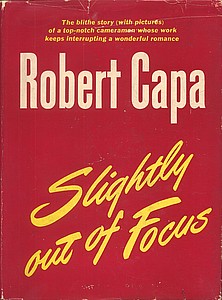
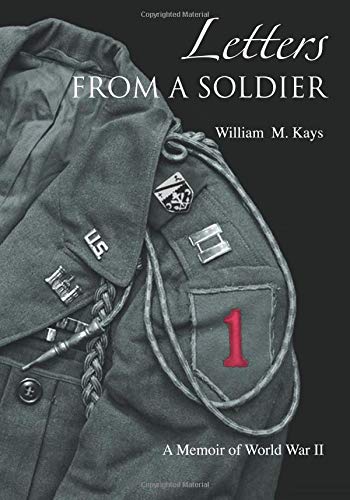
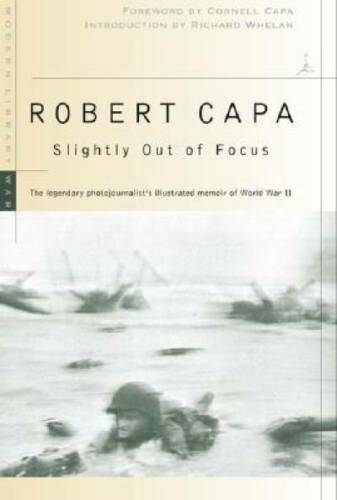
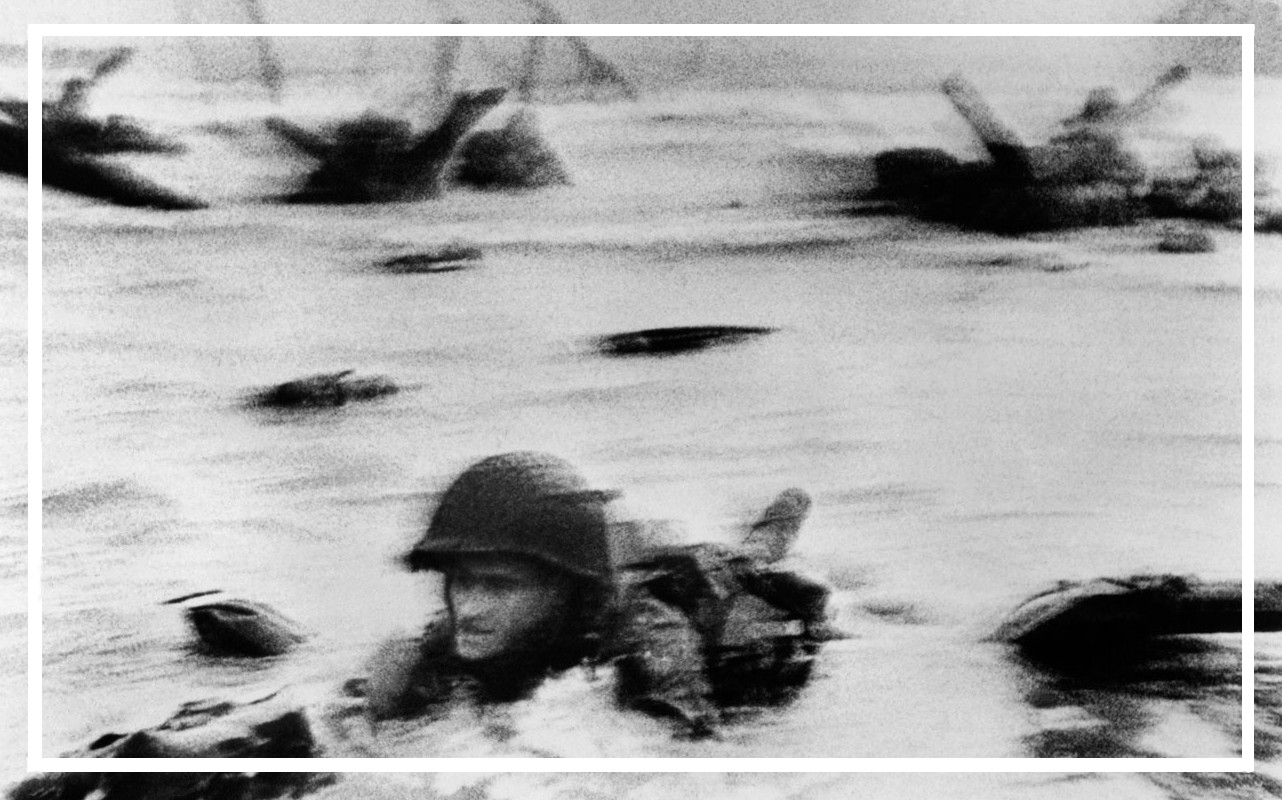
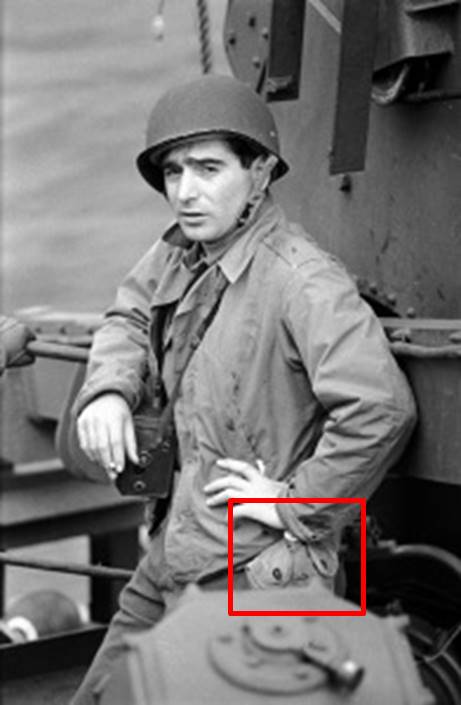
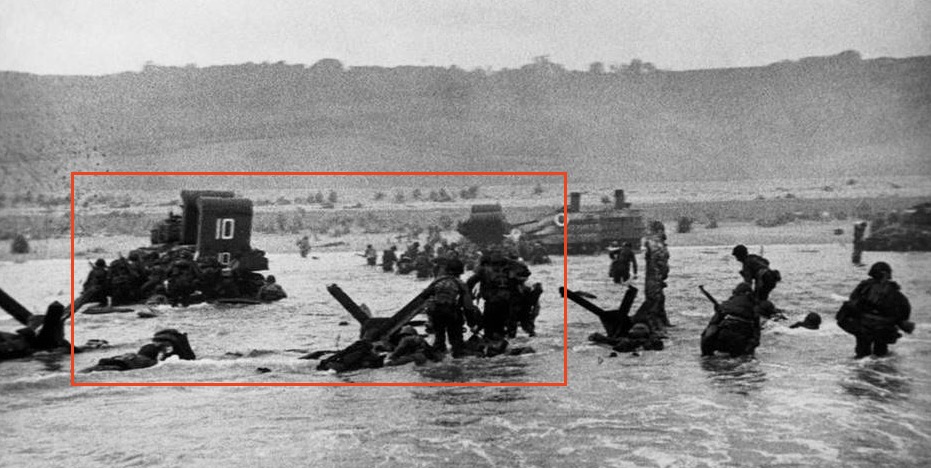




Leave a Comment